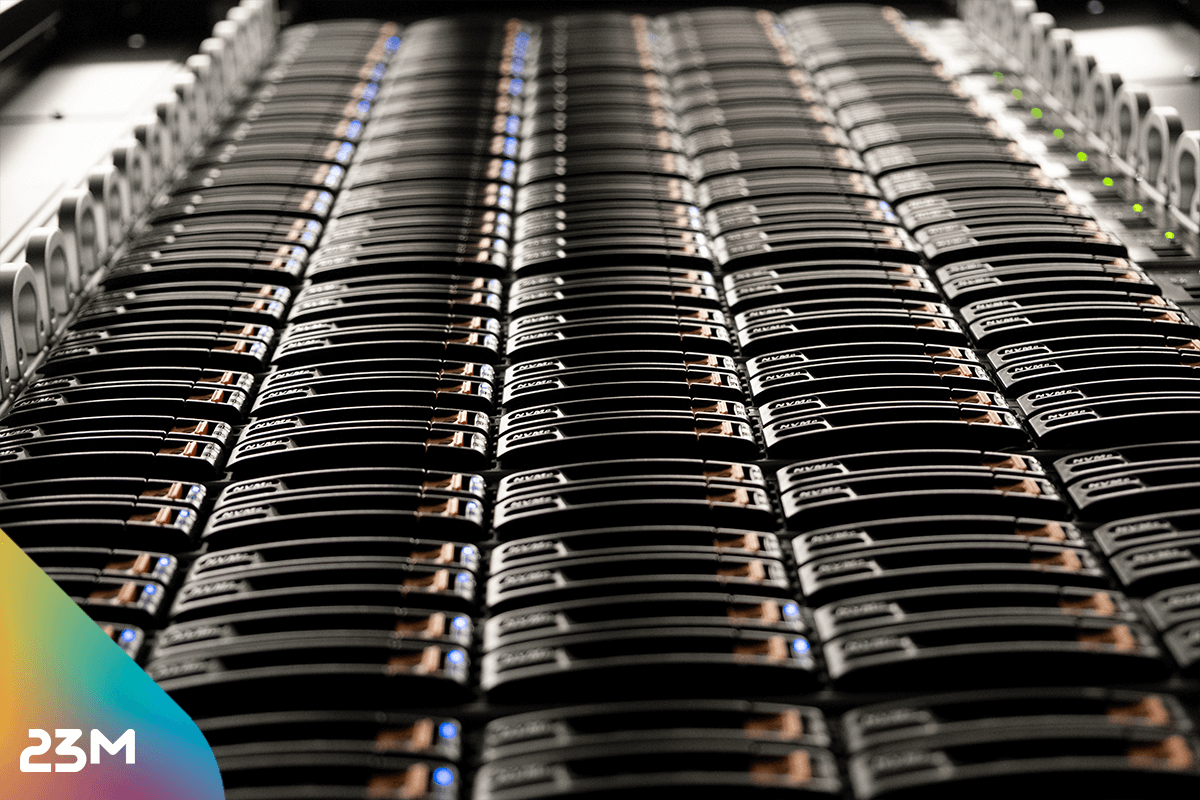Background Information
Cloud technology has seen a massive surge over the past two decades. Companies worldwide have shifted their data and applications to the cloud to benefit from scalability, flexibility, and lower initial costs. Providers such as AWS, Microsoft Azure, and Google Cloud have accelerated this trend. However, reliance on cloud providers also presents challenges. Rising costs, security concerns, and limited control over data have led companies to explore alternative strategies.
What is Cloud Repatriation?
Cloud repatriation is the deliberate decision to migrate workloads from the public cloud back to a rented, private, or hybrid IT environment. This can involve moving data and applications to private data centers, rented housing solutions, or dedicated servers. Unlike hybrid cloud models, where a mix of private and public resources is used, cloud repatriation focuses on returning to a controlled environment.
Why Do Companies Choose to Leave the Public Cloud?
Cost Efficiency
Public clouds may seem cost-effective at first glance. However, as demand increases and usage extends over time, costs can rise significantly. Migration often allows for more precise cost control.
Security Concerns
Many businesses perceive public clouds as a security risk since data is stored on third-party servers. Returning to private servers increases data sovereignty.
Performance Optimization
The performance of applications in the public cloud is heavily influenced by external factors such as available bandwidth and data center load. Dedicated resources help ensure the efficiency of proprietary services.
What Are the Advantages of Dedicated Resources?
Dedicated Resources: Companies regain full infrastructure performance and no longer need to share resources.
Better Data Control: Internal systems often provide better compliance with strict data protection regulations—particularly in Europe—helping to avoid penalties.
Long-Term Cost Reduction: Despite high initial investments, the ongoing costs for hardware and maintenance can be lower than cloud service fees.
Challenges and Risks
Choosing cloud repatriation is not without risks. Building an in-house IT infrastructure requires significant initial investment in hardware and software. While renting dedicated servers can help reduce these costs, companies still need qualified personnel to manage their new systems. The migration itself can be time-consuming and technologically complex, especially for legacy applications or large data volumes.
When Does Migration Make Sense?
Industries with Strict Data Protection Requirements
Companies in sectors such as finance, healthcare, or public administration must comply with stringent data protection and compliance regulations. A private IT infrastructure provides them with full control over sensitive data and access rights.Businesses with Predictable Workloads
For workloads that do not require dynamic scaling, a dedicated environment can offer advantages, such as predictable operating costs and consistent performance.Projects with Specific Hardware Requirements
Industries such as research, manufacturing, or AI-powered applications often rely on customized hardware setups. Since cloud providers do not always offer the required hardware, dedicated servers provide crucial benefits.Data-Intensive Applications with High Traffic
Companies that process or distribute large amounts of data—such as media companies, streaming platforms, or GIS services—often benefit from a more stable and powerful infrastructure outside the cloud.Security-Critical IT Systems
In sectors like defense, energy, or telecommunications, stringent security requirements apply. A dedicated IT architecture minimizes attack surfaces and ensures maximum control over sensitive data.
Strategies for Migrating to Dedicated Hardware
A well-planned approach is essential for a smooth migration:
Analysis and Planning: Identify workloads that would benefit from repatriation.
Gradual Migration: Move applications and data in phases to minimize disruptions.
Testing and Optimization: Regularly evaluate performance and security in the new environment.
Costs and ROI
While initial investments may seem high, long-term savings can be significant. Comparing ongoing cloud costs with the operational costs of rented infrastructure often reveals a positive return on investment, especially for large and predictable workloads. For this reason, cloud repatriation is not just a passing trend. Many experts believe that hybrid cloud solutions will play a key role in the future IT landscape, combining the benefits of public cloud services with the control of private resources.
Migrating away from the public cloud is a complex but potentially advantageous endeavor. Businesses should carefully assess whether this move aligns with their strategic goals. With clear planning, the right technologies, and a long-term focus, returning to private infrastructure can become a true success story. We are happy to support you on this journey.









